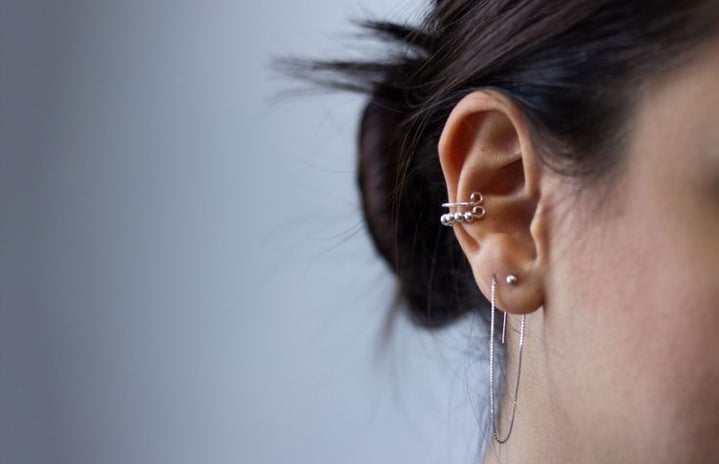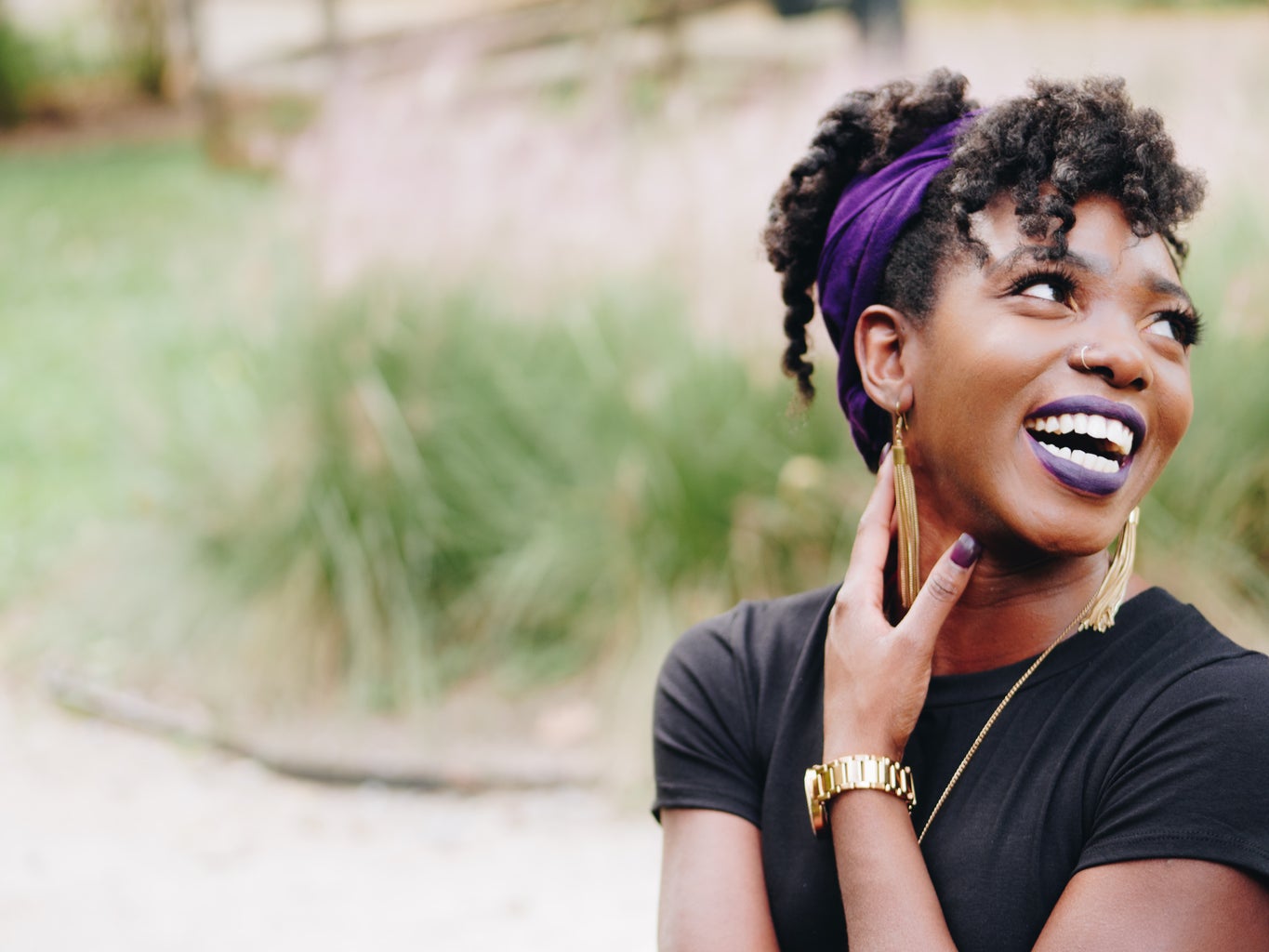When I got my ears pierced for the first time, I was ten years old. My mom took me to the mall, I sat down in the chair, and a piercing gun was used to give me my first earrings. To this day, I can still remember how it felt—the blunt shock of pain and the hours of redness and smarting afterward. It felt like my ears had been shot through with a staple gun.
Over the years, I’ve learned that this was a pretty common experience. A lot of people got their first piercings with a gun when they were young. Thankfully, mine didn’t get infected and I didn’t experience any major issues beyond the initial pain, but I’ve heard from plenty of other people that their experience was far worse.
Because of that, I was a little apprehensive about getting another piercing for a while, but by the time I hit third year I wanted to try again. Here are a couple of tips if you’re looking to get a new piercing in university!
- Choose the place
-
Choose a place to get your ears professionally pierced. Check out their website and social media, and be sure to read customer reviews. If you have a specific piercing you’d like done, see if you can find examples of that piercing among their previous work, or read up on the types of piercings they specialize in. Seeing your piercer’s previous work can help you be confident in their abilities.
- No piercing Guns
-
Make sure the place you pick uses needles and not piercing guns, as spring-loaded piercing guns can cause damage to tissue and cartilage. They are not always sanitized properly between use, as antiseptic wipes don’t reach the inner working parts of the gun, so blood and bodily fluids from the previous client may come in contact with the next client. Guns also use piercing studs that may be too short for some peoples’ ears, so when they’re locked into the ear they can constrict tissue and cause irritation and swelling, prolonging the healing process. Needles, on the other hand, go through much more cleanly and are less painful. I know needles may seem more intimidating, but speaking from personal experience, my piercing with a needle was much quicker and less painful than with the piercing gun—at most, it felt like a small pinch instead of the blunt force shock I felt when I was ten. And ultimately, getting your ears pierced with a needle is a lot safer and better for the healing process than piercing guns.
Ok, so you’ve picked a spot, set an appointment, and gotten your piercing. Now what?
- Follow Your Piercer’s Instructions
-
The biggest thing you can do at this point is follow the instructions your piercer gives you. Different piercers may give slightly different recommendations, and those might change depending on where you got the piercing, but in general they will probably tell you to gently clean the area using a Q-tip and warm water or a saline solution. They may also recommend that you change out your pillowcase every night to avoid bacteria, and to avoid sleeping on your new piercing if you can. To help with that part, you may want to try using a travel pillow. If you don’t think you can avoid sleeping on your side, you can make an L shape with your arm or hand to remove pressure on your ear, or you could simply have one ear pierced at a time so that one side is free to sleep on.
Your piercer will probably instruct you to keep your earrings in place for at least 4-8 weeks before trying to change them. You can go back to the place that gave you your piercing to help you change your earrings for the first time, and that also gives the piercer the chance to check on the healing process and reassure you that everything is going well or catch any issues that may arise. Some bruising, redness, swelling, and fluid from the piercing is normal, but if you have any concerns, contact your piercer for help.
Overall, I can’t stress this enough: getting my ears pierced in university—with a needle and a professional piercer—was way better than my mall experience at ten years old. My piercer was very kind, she made sure to check in with me and confirm that I liked the placement before piercing, and talked with me to plan placement according to any future piercings I might want. I left with a pamphlet of care instructions and an open invitation to contact her if I had any questions or concerns.
Getting a piercing on your own for the first time can seem intimidating, but it doesn’t have to be! As long as you do your research, check the reviews, and follow your piercer’s instructions, the process can be successful and rewarding.




